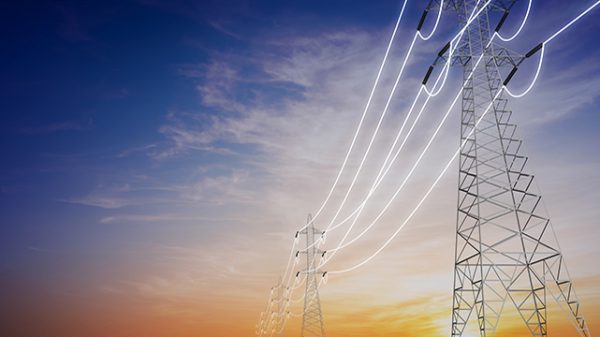

New RP2-1.0.5 Specification Triples LoRaWAN’s Highest Data Rate, Enhancing LoRaWAN End-device Efficiency and Network Capacity
The LoRa Alliance®, the global association of companies backing the open LoRaWAN® standard for internet of things (IoT) low-power wide-area networks (LPWANs), today announced that it has released the latest LoRaWAN Regional Parameters RP2-1.0.5 specification, defining new data rates that minimize time-on-air, maximize quality of service and reduce energy use of end-devices. Higher data rates also optimize network capacity, allowing more devices to operate on the same number of gateways.
“As IoT applications scale globally, the role of open standards becomes even more vital,” said Alper Yegin, CEO of the LoRa Alliance.
“With more than 100 million LoRaWAN devices connected worldwide, energy efficiency and optimizing battery life are consistently identified as critical requirements, due to the cost of replacing batteries. With the new data rates in place, end-devices can benefit from longer battery life or leverage smaller, cheaper batteries or photovoltaic panels to reduce overall end-device form factor and lower total cost of ownership. The new data rates support both indoor-to-indoor or outdoor-to-outdoor applications, and accordingly will significantly enhance performance across smart city, building, homes, industrial, logistics and ag applications.”
Benefits of Improved RP2-1.0.5 Data Rates
The new raw data rates are 9.4 kbps for SF6 and 15.6 kbps for SF5, with higher data rates correlating with shorter time on air. For end-devices that can use SF5 data rates, RP2-1.0.5 delivers 3x faster performance than before, while end-devices using SF6 data rates achieve 1.5x faster transmission. For sensors primarily limited by power consumption, which results in reduced transmission time over the air, the new specification and higher data rates translate into either more transmitted data or longer battery life. Since higher-data-rate end-devices now require shorter time-on-air, transmissions are more resistant to interference. Additionally, LoRaWAN uses an Adaptive Data Rate (ADR) algorithm managed by the LoRaWAN Network Server, ensuring that end-devices use the optimal data rate.
In a real-world example, an indoor temperature sensor would typically use SF5 predominantly. Data transmission accounts for most energy consumption, and this can be reduced by at least 50% with the new rates. This means the device can use a smaller battery—or half the size for the photovoltaic panel if light energy harvesting is used—therefore, it can have a cheaper, smaller form factor.
In terms of network performance, for the same amount of traffic, lower time-on-air results in higher scalability in terms of the number of devices and the number of data packets to support. It improves network capacity for both uplink and downlink transmissions. Regarding network performance, for the same amount of traffic, lower time-on-air results in higher scalability in terms of the number of devices and the number of data packets to support. It improves network capacity for both uplink and downlink transmissions. Further, SF5 & SF6 integrate smoothly in the existing set of data rates: as with SF7 to SF12 previously, SF5 to SF12 can now be received concurrently on the same channel by a LoRaWAN gateway.
The post LoRa Alliance® Updates LoRaWAN® Parameters to Boost IoT Performance appeared first on IoT Business News.
















